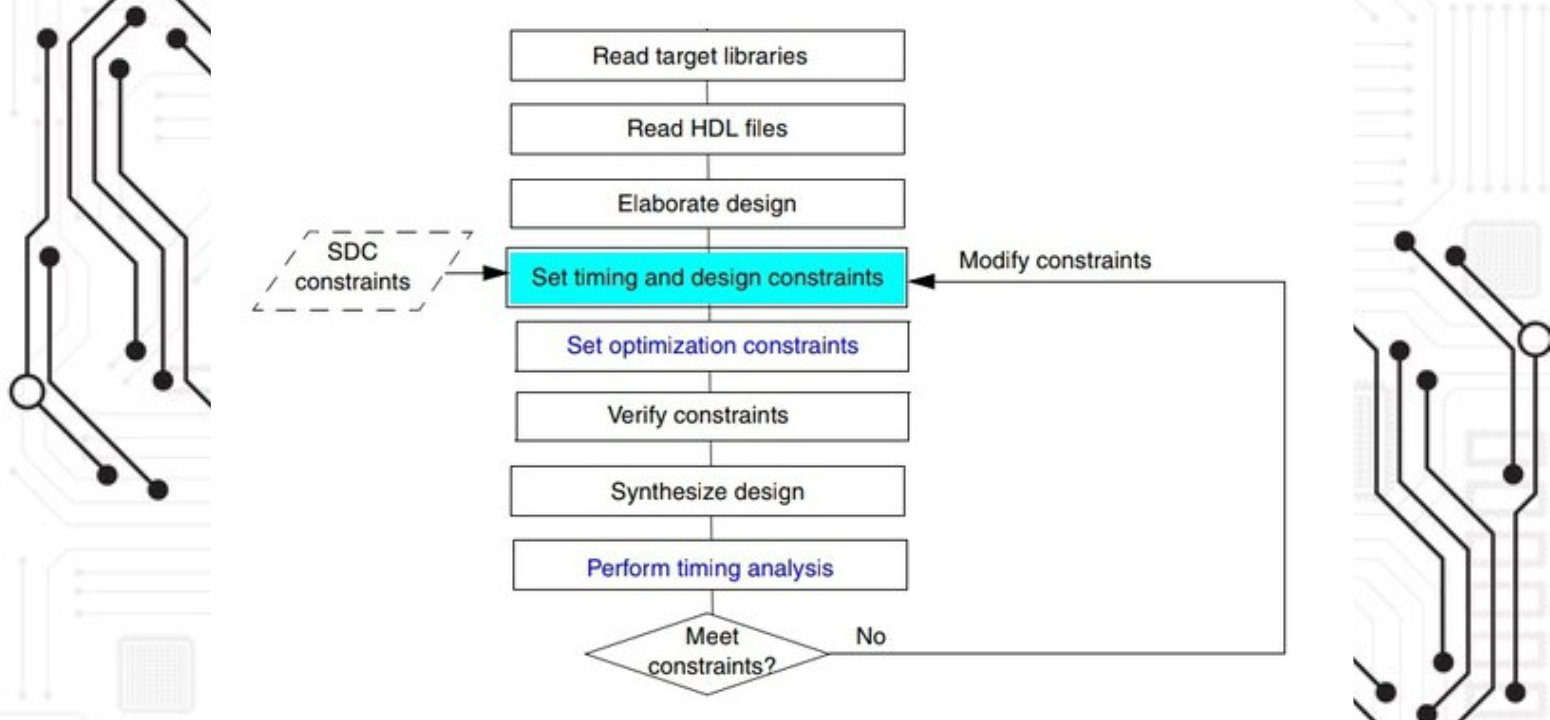
Introduction:
In the intricate world of Very Large Scale Integration (VLSI), synthesis plays a pivotal role in transforming a hardware description into a tangible, functional circuit. Synthesis is a crucial step in the VLSI design flow, acting as the bridge between high-level abstraction and the hardware realization of digital systems. This blog post will delve into the intricacies of synthesis, exploring its significance, methodologies, and the impact it has on the creation of advanced integrated circuits.
Understanding Synthesis in VLSI:
- Definition and Purpose:
Synthesis, in the context of VLSI design, is the process of converting a high-level hardware description language (HDL) representation of a digital design into a netlist, a detailed description of the electronic circuit. The primary purpose of synthesis is to enable efficient implementation by optimizing for factors such as area, power, and performance. - High-Level Abstraction to Netlist:
At its core, synthesis involves translating an abstract representation of a digital design, often described in languages like Verilog or VHDL, into a netlist. This netlist is a low-level representation that captures the connectivity and functionality of the circuit in terms of logic gates, flip-flops, and other fundamental building blocks. - Stages of Synthesis:
- Functional Synthesis: Focuses on preserving the functionality of the original design while mapping it to a set of standard cells.
- Optimization: Involves improving the design in terms of speed, power, and area by applying various algorithms and heuristics.
- Technology Mapping: Selects appropriate cells from the target technology library to implement the synthesized logic.
- Importance of Constraints:
Synthesis is guided by constraints, which specify design requirements and limitations. Constraints include timing requirements, area constraints, and power targets. A well-defined set of constraints ensures that the synthesized design meets the desired specifications. - Clock Domain and Timing Considerations:
Handling multiple clock domains and ensuring proper timing throughout the design is a critical aspect of synthesis. Tools must address issues like clock skew, setup and hold times, and signal arrival times to ensure reliable operation of the circuit. - Sequential and Combinational Logic:
Synthesis differentiates between sequential and combinational logic elements. Flip-flops and registers are introduced to handle sequential behavior, while logic gates implement combinational logic. Optimizing the balance between these elements is essential for achieving design goals. - Challenges in Synthesis:
- Complexity: As designs grow in complexity, synthesis tools must grapple with intricate optimizations to meet performance targets.
- Iterative Nature: Synthesis is often an iterative process involving back-and-forth interactions with subsequent stages of the design flow.
Conclusion:
In the dynamic realm of VLSI design, synthesis stands as a critical process, shaping abstract concepts into functional circuits. The continuous advancements in synthesis algorithms and tools empower designers to create increasingly complex and efficient integrated circuits. As technology evolves, synthesis remains a cornerstone, enabling the realization of innovative and powerful electronic systems that drive progress in various industries.
To know more about VLSI Course , SuccessBridge VLSI training institute. You can begin your VLSI career by enrolling in the placement-assisted live courses available at SuccessBridge We offer various VLSI online courses. We offer VLSI Physical Design course, Design Verification course, DFT Training,Chip design course many more. Explore VLSI Courses From The Leaders In VLSI Training
Also Read: A Walkthrough VLSI Physical Design Engineer Salary In India.






